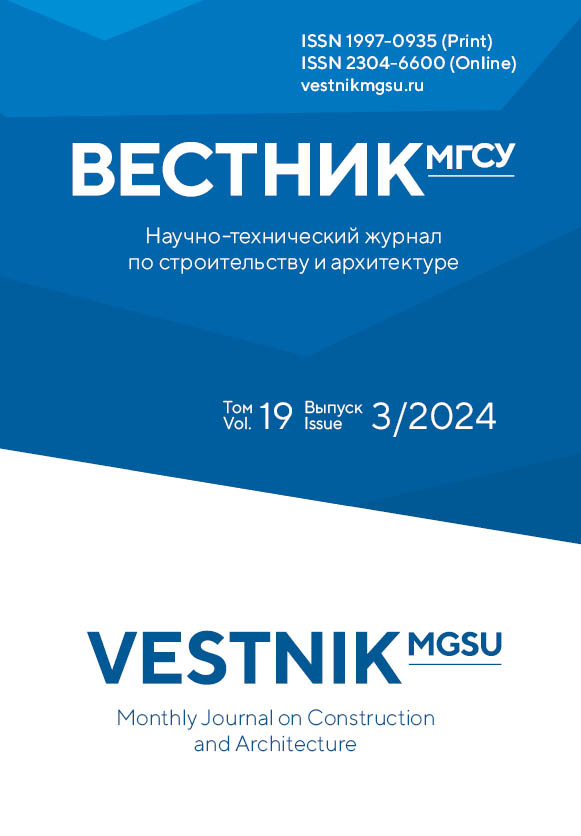Введение. Современные физические модели расчета распространения плоских продольных волн через границы сред, основанные на условиях неразрывности звукового давления и колебательной скорости, реализуются только при нормальном падении волн. При всех направлениях распространения волн, отличных от нормального, условия неразрывности не соблюдаются, что не позволяет получить правильные формулы коэффициентов отражения и прохождения волн.Материалы и методы. В предложенной постановке задачи физическая модель среды распространения волн состоит из кусков волновых лучей, плотно, без разрывов и взаимных проникновений, занимающих все ее пространство (так, как это наглядно происходит с волнами на поверхности воды). Приводится способ определения объемов этих кусков. Их массы аппроксимируются материальными точками, обладающими эффективными значениями колебательных скоростей волн. Прохождение плоской гармонической волны через плоскую границу сред описывается уравнениями сохранения кинетической энергии и сохранения количества движения. Решение этих уравнений дает правильные формулы коэффициентов отражения и преломления волн по колебательной скорости при любых углах их распространения.Результаты. Предложенная постановка задачи распространения волн через границу сплошных полубесконечных сред пригодна для решения задач распространения звука через слои и, в частности, через пластины. Задача распространения звука через пластину, разделяющую воздушную среду, является фундаментальной в разделах архитектурной и технической акустики, поскольку на ее основе строятся прикладные теории звукоизоляции стен и перекрытий, ограждающих помещения зданий и транспортных средств.Выводы. Уравнения сохранения до граничной частоты волнового совпадения будут включать эффективное значение колебательной скорости в падающей волне, угол распространения волны, значения массы дискретного тела, представляемого поверхностной плотностью пластины, приведенных масс кусков среды и неизвестные коэффициенты отражения и прохождения колебательной скорости. На частотах выше граничной масса дискретного тела меняется на приведенную массу пластины. Решение системы уравнений сохранения дает правильные формулы коэффициентов прохождения и отражения звука и правильные формулы звукоизоляции в соответствии с изменениями физических моделей распространения волн в разных частотных диапазонах.
 349-357
349-357


 358-366
358-366


 367-376
367-376


 377-386
377-386


 387-393
387-393


 394-402
394-402


 403-414
403-414


 415-425
415-425


 426-435
426-435


 436-455
436-455


 456-468
456-468


 469-477
469-477







